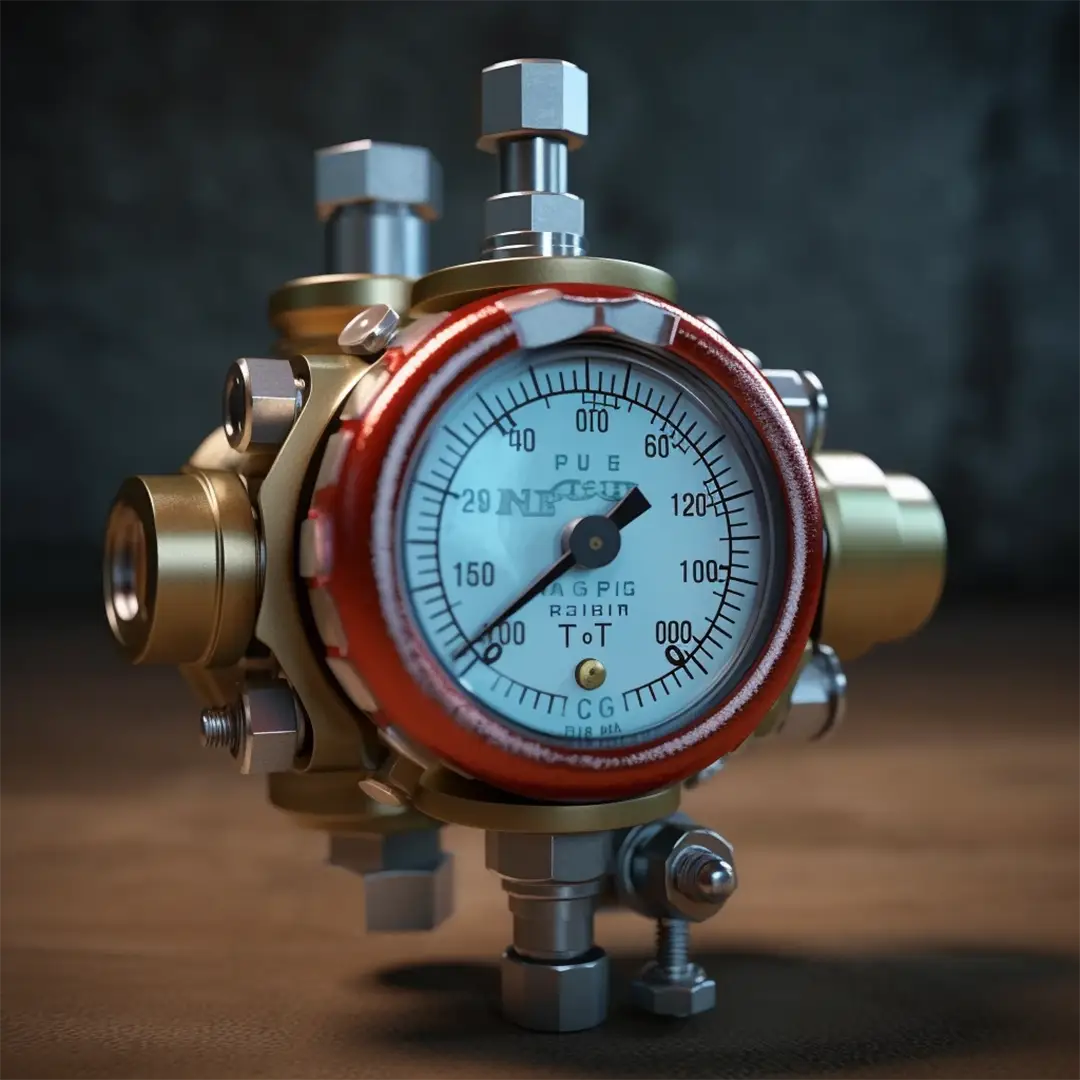Automotive Door Clevis Mount

What is the context and application of the customer?
Our client assembles car doors. In this context, screeds that allow the door hinges to be articulated are installed in the assembly plant. The customer therefore needs an extremely reliable and solid solution for this application for end consumers and where security and reliability issues are required.
The hinges allow the door to be articulated for opening and closing. The clevis ensures that the hinges are securely fastened to the vehicle body and to the inner part of the door, allowing for smooth and controlled movement.
What was the customer's fastening project before coming to see us?
The customer came to us with a solution of rectified pin or a retaining clip to restrict the movements of an axis that crosses the yoke allowing the joint movement of the hinge. He consults us as a fastener expert and also asks us to explore other possibilities.
What study did we conduct?
When the project has been brought to the attention of our design office, we immediately started working on the possibility of eliminating an element from the set.
The axis that needs a pin to restrict its movement could quite be reduced to a single axis that would be clamped into the hole in the screed via a technology of Fluting.
Our study was mainly focused on the drilling diameter of the screed and on pull-out resistance tests on the fluted nail that we proposed. It was necessary to ensure that the reduction of a part overall did not affect the safety of the assembly.

What recommendation did we make?
We recommended a fluted nail with a fluting at the end between an ISO8741 and an ISO8745. This pin makes it possible to meet the requirements for fixing the screed for the door and we have worked on the surface condition so that it fits the steel screed perfectly and maintains the property of resistance to force.
What are the quantifiable benefits for our customer?
For our customer, we have eliminated a manufacturing step and a part in the assembly.
The proposed pin is 80% cheaper than prior assembly while using the best alloys and treatments and maintaining 100% of the expected pull-out resistance.
In this example, we have an extremely competitive part because the elimination of a part in the industrial process allows us to maximize the value of the proposed solution.


